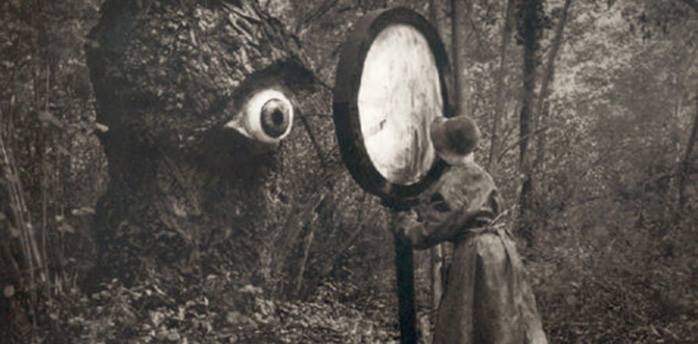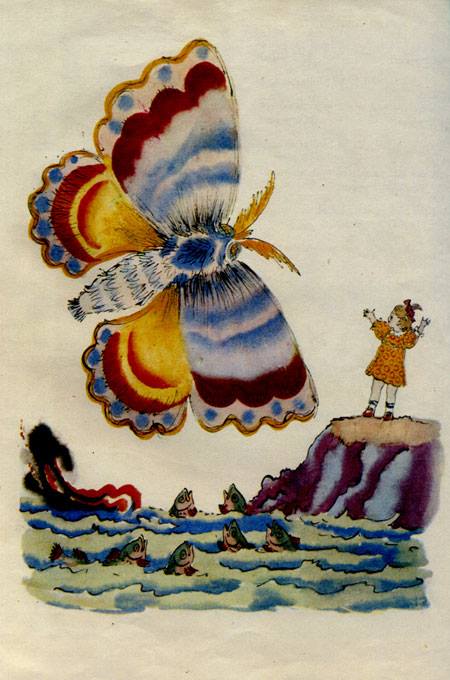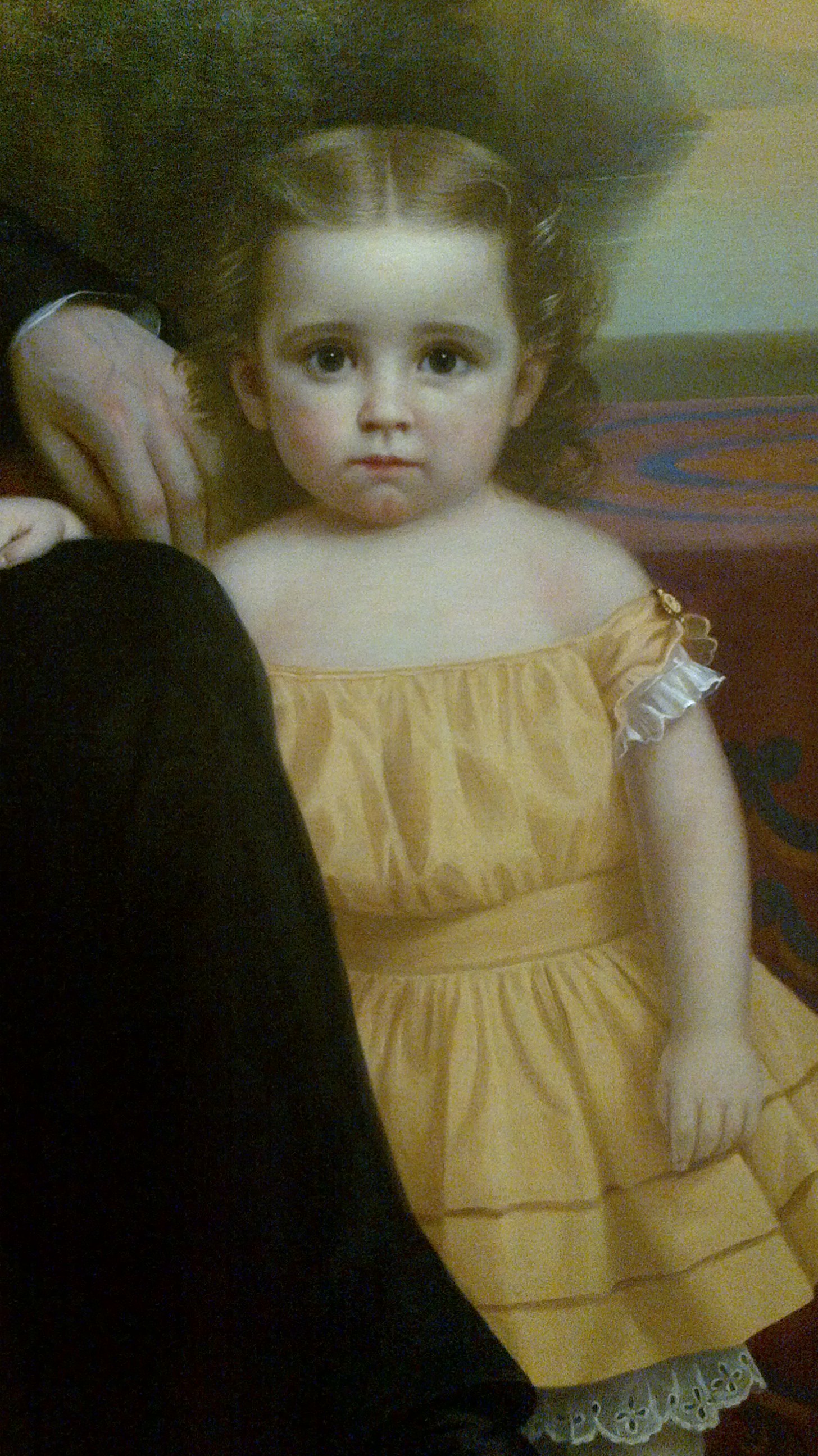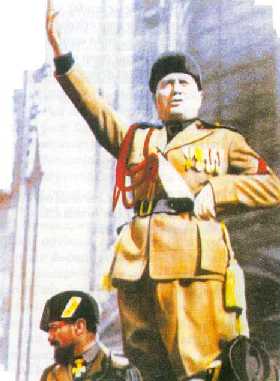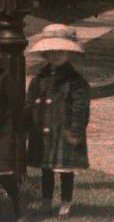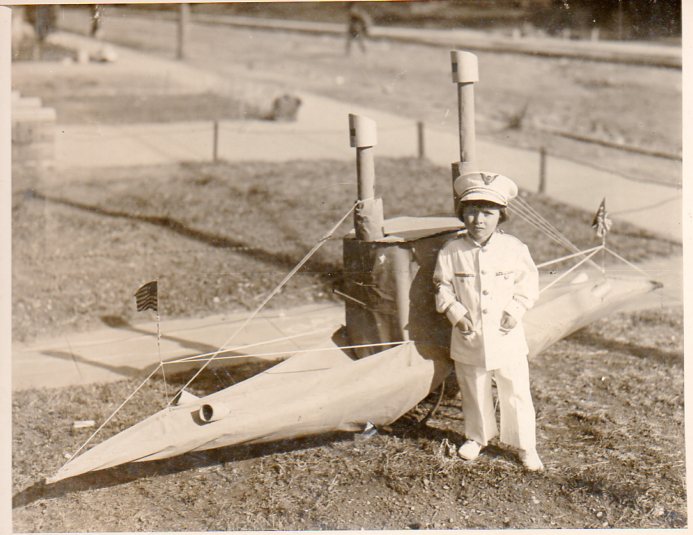What are we to do with these spring days that are now fast coming on? I had not thought I would need to do anything. When I arrived home, I fully expected to find waiting for me, on the desk in my study, the traditional bottle of whisky and loaded revolver. Together, they would take care of the immediate future, after which I need no longer concern myself with the travails of this mundane world. But I came home to find, instead, that Control had left for me a can of Squelcho! and a pencil-sharpener. And so now I am sitting at my desk and gazing absent-mindedly out of the window.
I see the sky, across which clouds lie splattered. It is many years since I read Luke Howard, and I can no longer recall all that stuff I once learned about cumulocirronimbostratus et cetera.
I see grass, upon which birds are hopping and slouching and preening. Ornithology has always confounded me. I could not tell you what manner of birds they are.
I see the backs of buildings made of brick, and their roofs, or is it rooves? Some of the birds move, in flight, between the grass and the roofs, or between the roofs and the grass, and some of them fly away never to be seen again, and others come swooping in, possibly after exceedingly lengthy flights from distant continents. That is one thing I know about ornithology, that certain birds undertake flights the length of which we can barely imagine.
Now I see, lolloping along the lane, Old Halob, the all-too-real coach and mentor of fictional athlete Bobnit Tivol. He is wearing his trademark macintosh and Homburg hat, and smoking one of his filthy cigarettes, crammed with acrid Serbian tobacco. In one hand is his stopwatch, which he uses when timing the fictional athlete as he runs round and round and round and round and round a fictional running-track. His other hand is holding the hand of his walking-companion, or rather limping-companion, the club-footed plucky Fascist tot Tiny Enid. She is a polka-dot-dressed girl of many adventures. I did not know she was in cahoots with Old Halob.
What are they up to? They stop by a puddle, release each other’s hands, and stand there, like a pair of vases on a mantelpiece. I gaze out of the window at them. They appear to be gazing back at me, though I cannot be sure, because I am myopic, and the window is covered in the grime of umpteen weathers.
I remember reading somewhere that most birds are frightened of Tiny Enid, and this is borne out by the fact that all the birds that were pootling about on the grass have now flown away. Old Halob drops the butt of his cigarette, crushes it underfoot, takes another gasper from the packet in his pocket, lights it, and puffs.
This, then, is what we do with these spring days that are now fast coming on. We gaze out of the window, vacantly, at fictional characters of our own imagining. We hallucinate. Because of course the man is not Old Halob and the girl is not Tiny Enid. Those are just figments in my brain with no purchase in brute reality. Outside, on either side of the puddle, the man is just any man, the girl just any girl.
And then the man has passed by and the little girl’s face is quite bright.
The first sentence, and the last, were translated from the German by Willa and Edwin Muir. Everything in between was not.

